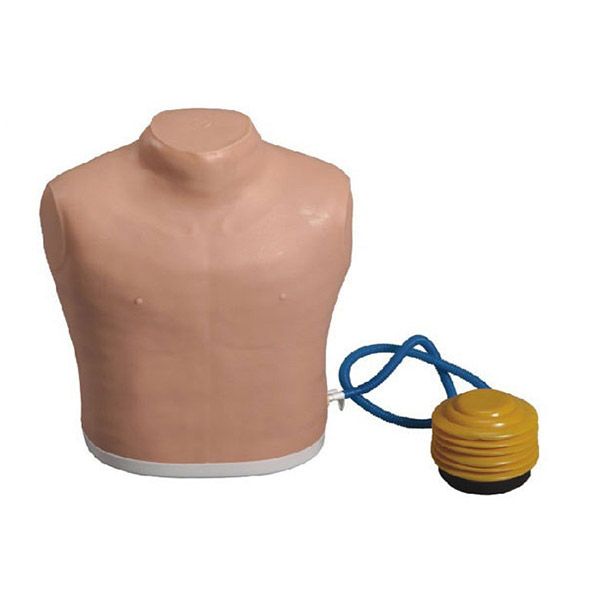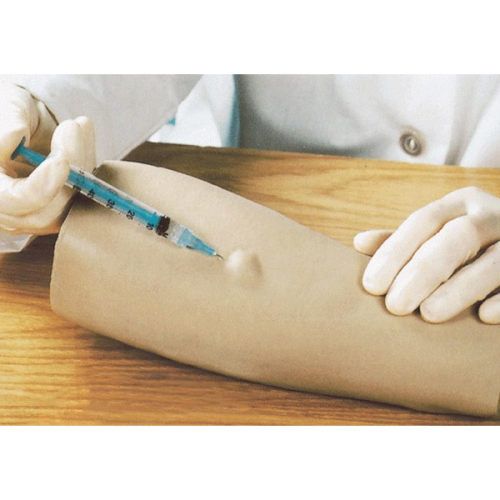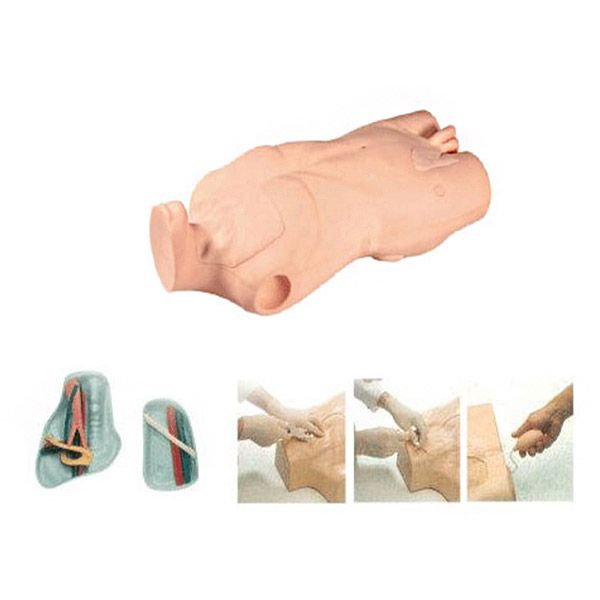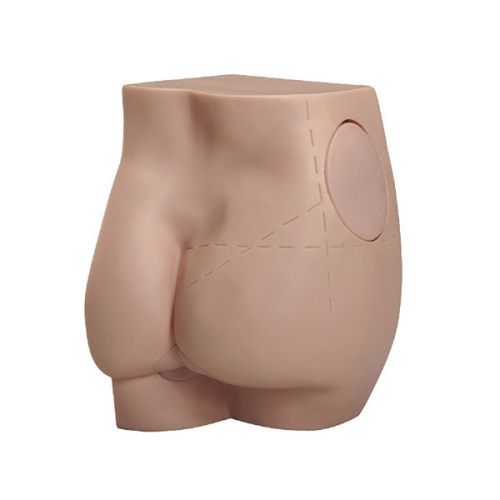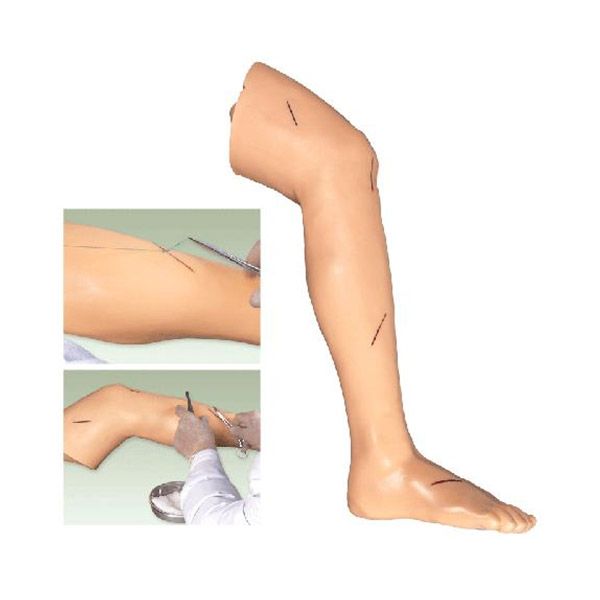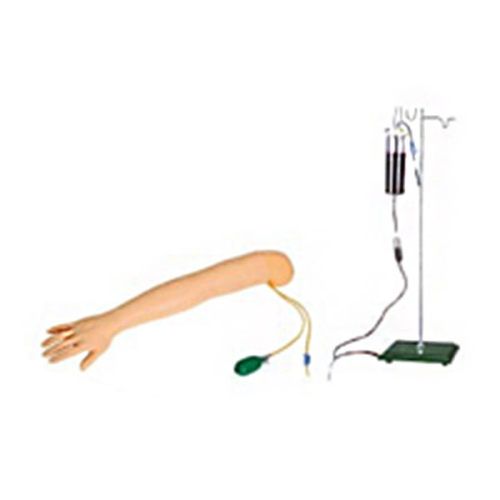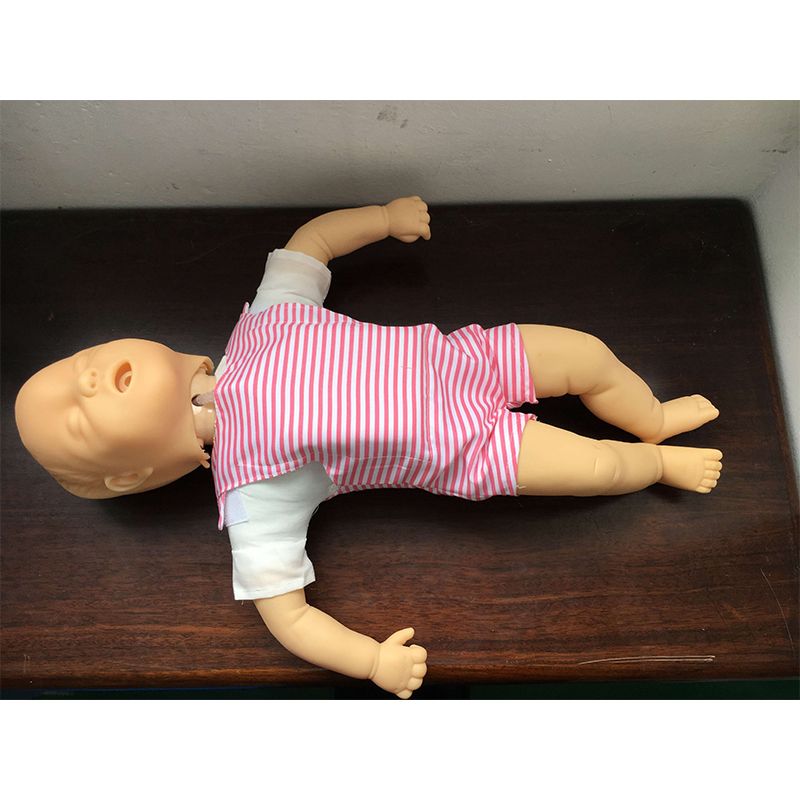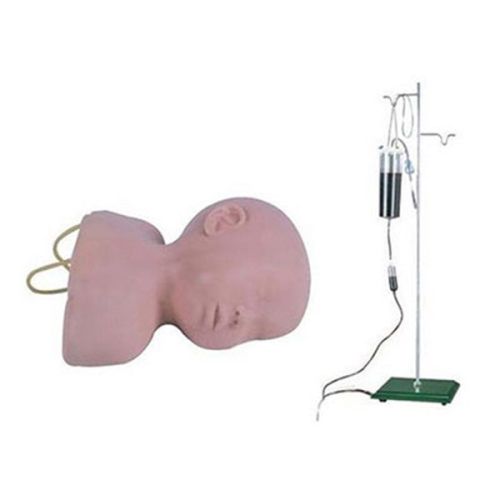Accidents don’t check locations—they happen where you least expect them.
The right first aid skill, applied at the right moment, can mean the difference between life and death.
Whether you’re making dinner, operating machinery, or hiking off-grid, knowing what to do in the first critical minutes is essential. This guide teaches you how to react effectively in common emergencies, depending on your environment—home, workplace, or outdoors—and the type of incident you’re facing.
Handling Traumatic Injuries: Cuts, Falls, and Bleeding
Traumatic injuries are among the most common emergencies. Quick, correct action prevents worsening and infection.
Common Scenarios & How to Respond
| Injury Type | Signs & Symptoms | First Aid Steps | When to Seek Medical Help |
| Cuts & Lacerations | Bleeding, pain, open wound | 1. Wash hands, wear gloves if possible. 2. Apply direct pressure with clean cloth to stop bleeding. 3. Clean wound gently with water. 4. Cover with sterile dressing. | Deep wounds, uncontrollable bleeding, or signs of infection |
| Falls & Bruises | Pain, swelling, bruising, limited mobility | 1. Assess consciousness and injury severity. 2. Apply ice pack wrapped in cloth to reduce swelling. 3. Immobilize suspected fractures; avoid moving if spine injury suspected. | Severe pain, deformity, loss of sensation or movement |
| Severe Bleeding | Spurting blood, heavy bleeding | 1. Apply firm pressure directly on wound. 2. Elevate injured area if possible. 3. Use pressure bandage or tourniquet only if bleeding uncontrollable. | If bleeding persists after 10 minutes of pressure |
Expert Tip: Always wear disposable gloves when treating wounds to minimize infection risk
Environmental Illnesses: Heatstroke, Hypothermia, and Poisoning
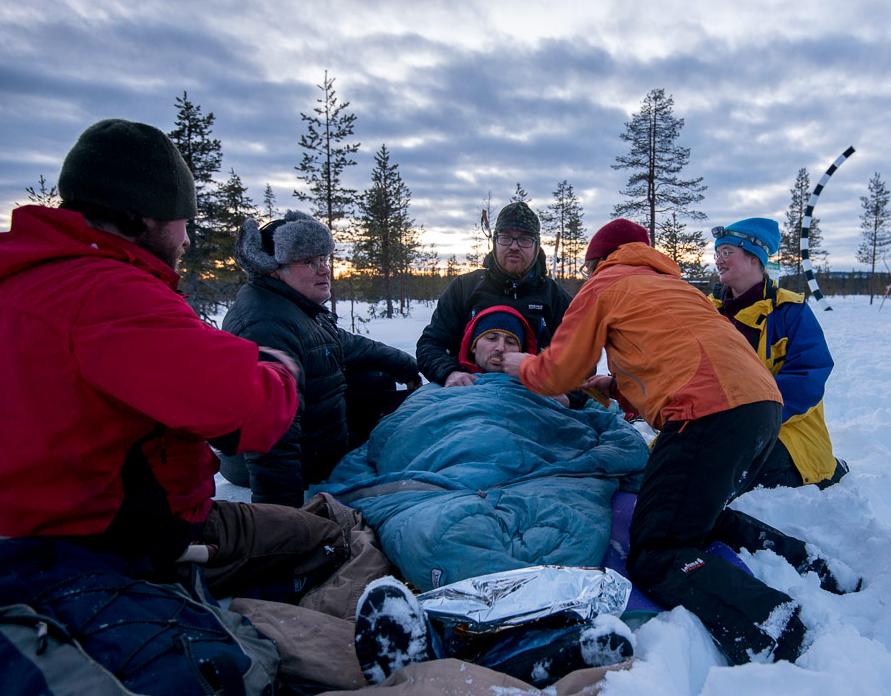
Environmental factors can cause dangerous illnesses that require prompt recognition and treatment.
Key Conditions & Emergency Care
- Heat Exhaustion & Heatstroke
Symptoms: Heavy sweating, weakness, dizziness, confusion, hot dry skin.
Action: Move person to shade, cool with damp cloths, hydrate if conscious. For heatstroke, call emergency services immediately — it’s life-threatening. - Hypothermia & Frostbite
Symptoms: Shivering, slurred speech, numbness, pale or blue skin.
Action: Move person to warm environment, remove wet clothes, wrap in blankets. Warm slowly, avoid direct heat. For frostbite, handle affected areas gently and seek urgent care. - Poisoning
Symptoms: Nausea, vomiting, confusion, burns in mouth, difficulty breathing.
Action: Call Poison Control immediately. Do NOT induce vomiting unless instructed. Provide relevant information (substance, amount, time).
Cardiopulmonary Emergencies: Cardiac Arrest and Choking
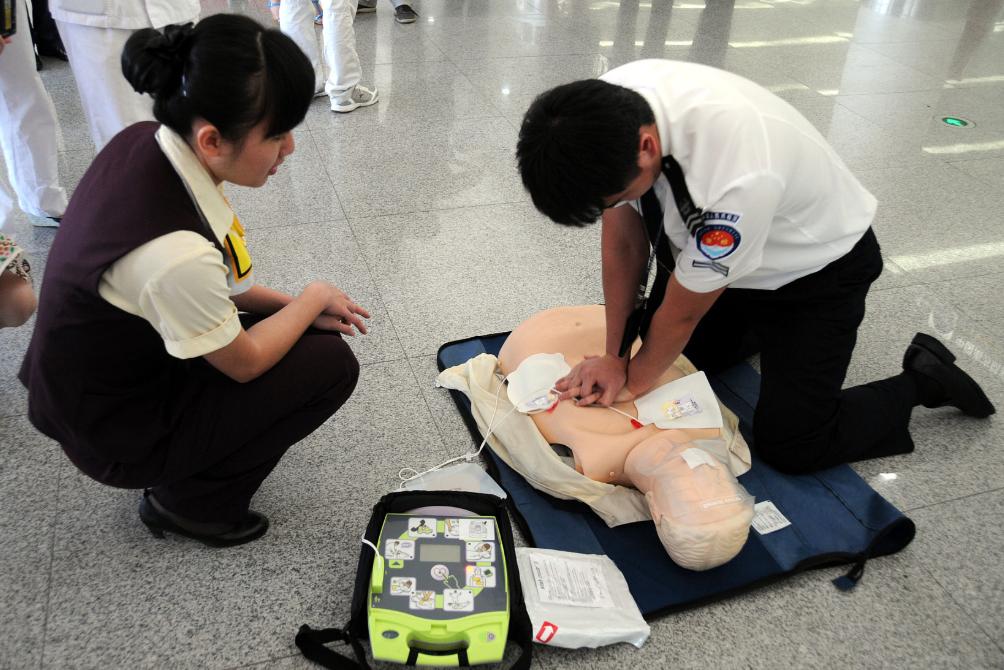
According to the American Red Cross, 59% of deaths from injuries could be prevented with immediate first aid. Whether it’s CPR, wound care, or shock management, being trained can save lives — including your own.
These situations require immediate, life-saving intervention.
Essential Life-Saving Procedures
Cardiopulmonary Resuscitation (CPR)
- Check responsiveness and breathing.
- Call emergency services immediately.
- Start chest compressions: push hard and fast at center of chest, about 100–120 compressions per minute.
- Provide rescue breaths if trained.
- Use Automated External Defibrillator (AED) if available.
Choking (Airway Obstruction)
Signs: Inability to speak or cough, clutching throat, difficulty breathing.
Heimlich Maneuver Steps:
- Stand behind person, wrap arms around waist.
- Make a fist with one hand, place above navel.
- Perform quick upward thrusts until object dislodges.
For unconscious person: Begin CPR and call emergency help.
Animal and Insect Related Injuries: Bites and Stings
Animal bites and insect stings can cause allergic reactions, infections, or worse.
What to Do Immediately
| Type | Symptoms | First Aid Actions | When to Get Medical Help |
| Snake Bite | Puncture wounds, swelling, pain | 1. Keep victim calm, immobilize limb below heart level. 2. Do NOT cut or suck out venom. 3. Seek emergency care immediately. | Signs of severe swelling, difficulty breathing, rapid pulse |
| Bee or Wasp Sting | Redness, swelling, pain, possible allergic reaction | 1. Remove stinger by scraping (not pinching). 2. Clean area and apply ice. 3. Use antihistamines or epinephrine injector if allergic. | Difficulty breathing, swelling beyond sting site, dizziness |
| Animal Bites | Puncture wounds, bleeding | 1. Clean wound thoroughly. 2. Apply pressure if bleeding. 3. Cover wound with sterile dressing. | Deep wounds, signs of infection, unknown vaccination status |
Recommended First Aid Kits: Essentials for Every Scenario
Having a well-stocked first aid kit tailored to your environment ensures you’re ready for emergencies.
| Environment | Must-Have Items | Additional Recommendations |
| Home | Sterile dressings, antiseptic wipes, bandages, gloves, scissors, adhesive tape, cold pack, pain relievers | Thermometer, burn cream, emergency contact list |
| Workplace | Heavy-duty dressings, CPR mask, eye wash solution, gloves, disinfectant, bandages, scissors, burn gel | Chemical spill kit, emergency blanket |
| Outdoors | Compact sterile dressings, antiseptic wipes, insect repellent, sunscreen, cold pack, antihistamines, snake bite kit | Emergency whistle, multi-tool, space blanket |
Maintenance Tips:
- Check expiry dates quarterly.
- Replace used or damaged items promptly.
- Store kits in accessible, clearly labeled locations.
Building Confidence: Training and Practice Matter
Knowledge without practice can fade quickly. Consider these steps to improve readiness:
- Take Certified First Aid & CPR Courses: Hands-on training from reputable organizations like the Red Cross builds skills and confidence.
- Practice Skills Regularly: Refresh techniques and share knowledge with family, friends, or colleagues.
- Stay Updated: Follow latest first aid guidelines from trusted sources (e.g., American Heart Association, WHO).
Conclusion
Emergencies demand quick, calm, and informed action. Whether it’s a bleeding cut, heatstroke, choking, or a snake bite, knowing exactly what to do can save lives. Equip yourself with practical skills, keep your first aid kits ready, and maintain the confidence to act when it counts.
Remember: The difference between a tragic outcome and survival often lies in the moments immediately after injury or illness begins. Prepare now — your life or someone else’s may depend on it.
